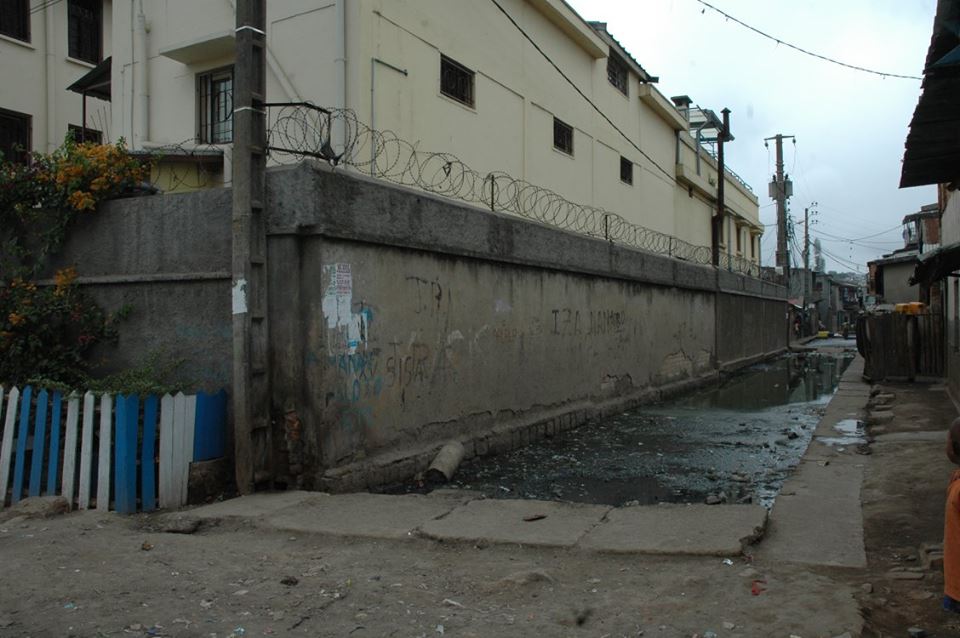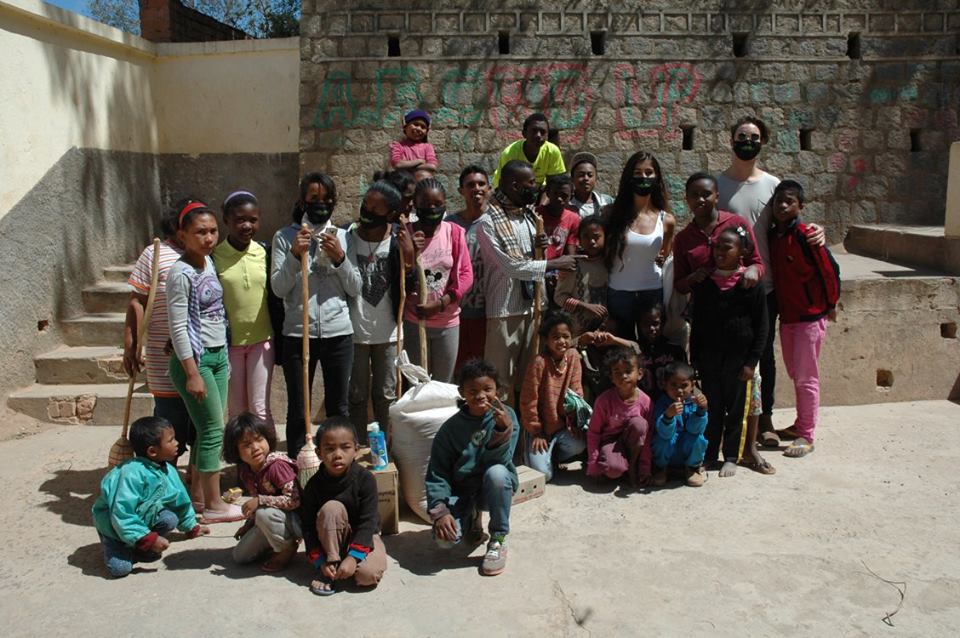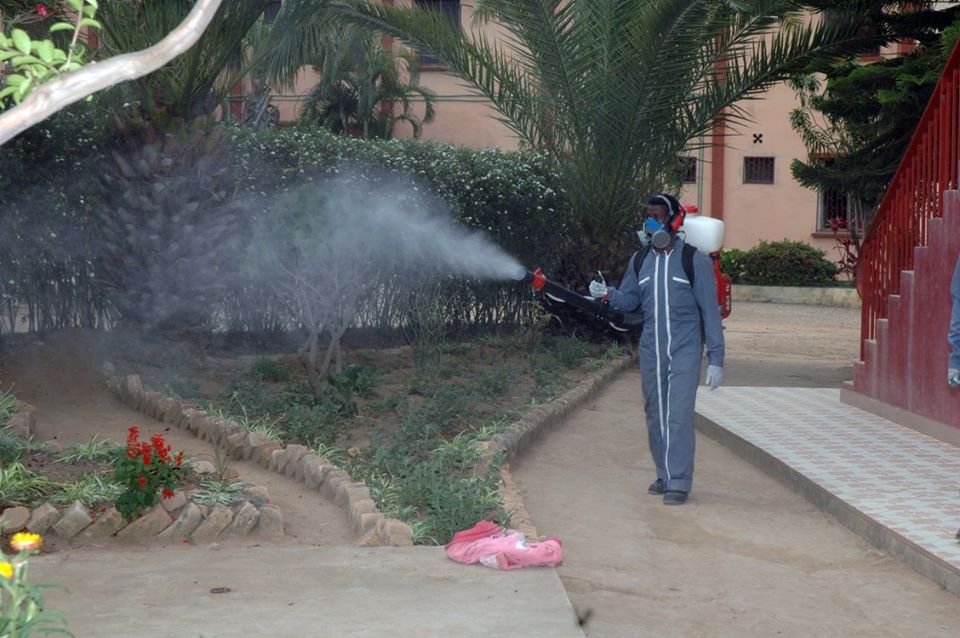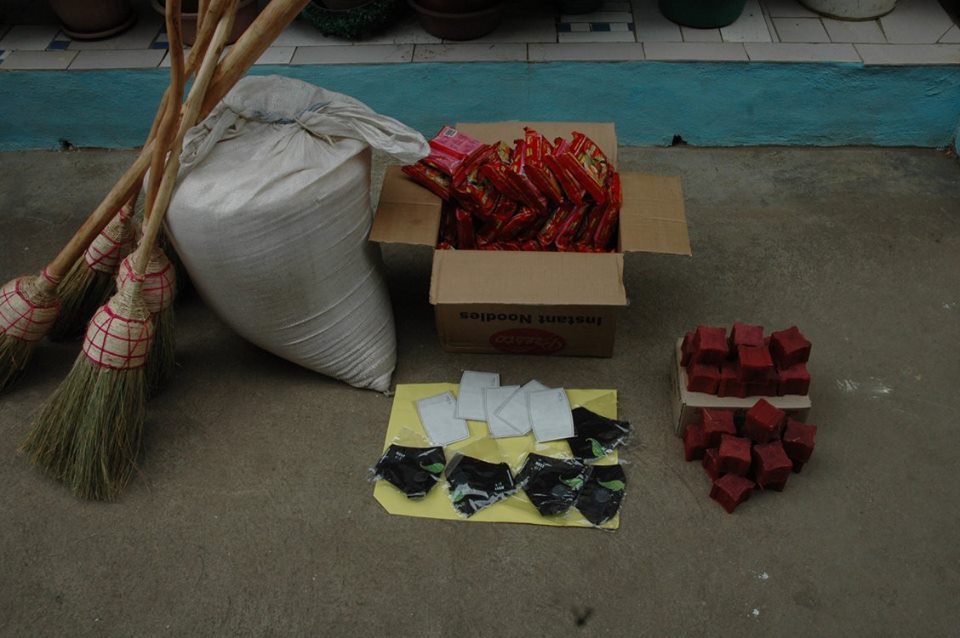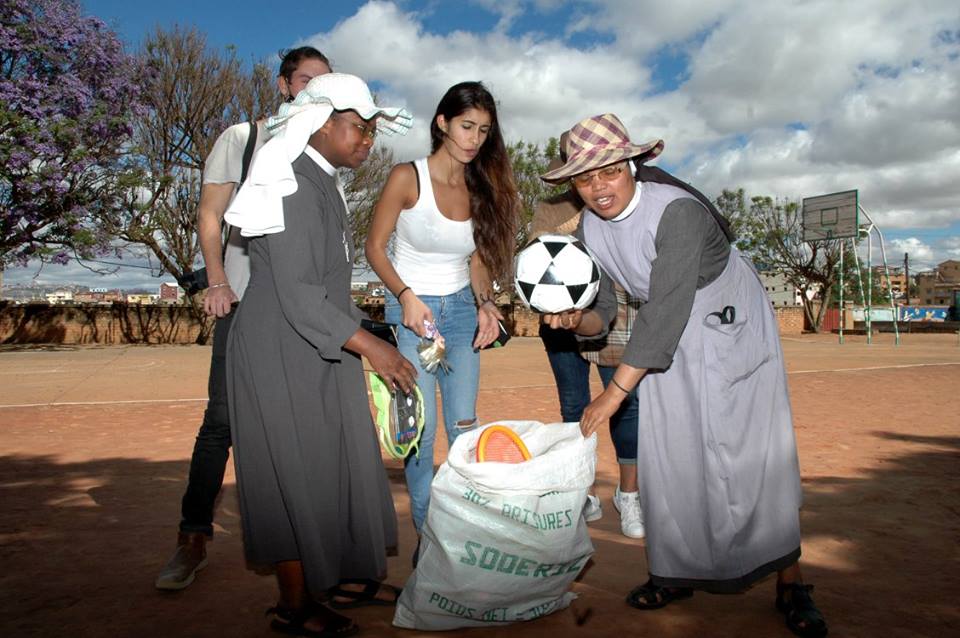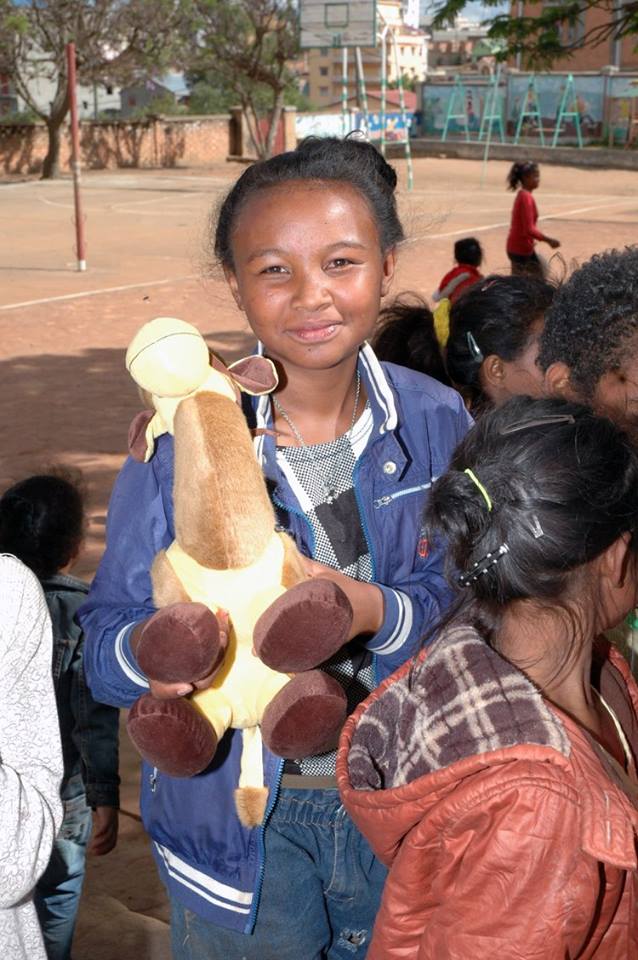Eradicating the Plague in Madagascar
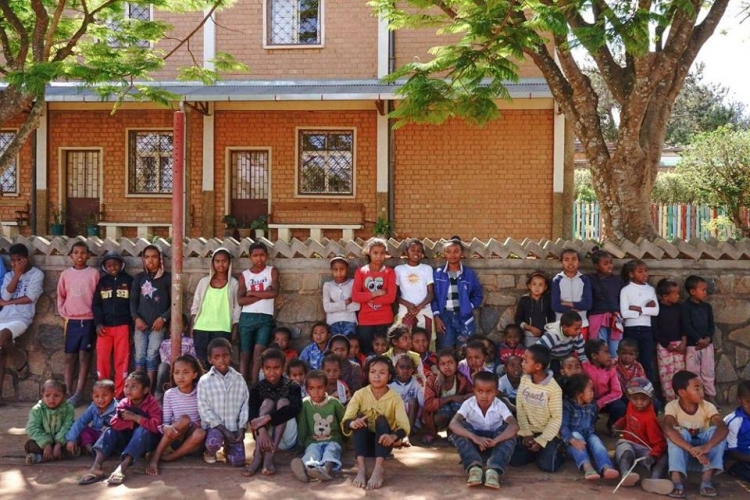
From August to November this year, a total of 1,947 confirmed cases of plague, including 142 deaths have been reported from 114 districts in the country. Overal,l 73 percent of regions in Madagascar have been affected by the plague. See my last article for a thorough overview.
The World Health Organization (WHO) continues to support the country's Ministry of Public Health and other authorities in Madagascar to monitor and respond to the plague outbreak. The good news is that there has been a decline in the spread of the pneumonic plague and the hospitalization of patients since mid-October.
Dirty sewage system near the Missionnaire de la Charite Isotry. Image Credit: FitiavanaGarbage in the neighborhood of the Missionnaire de la Charite Isotry . Image Credit: Fitiavana
Fitiavana Prevention Actions were completed on Nov. 1 and 2.
Throughout the month of October, Fitiavana was able to collect via crowd funding over €4,000 on the online prize pool called, Leetchi, and through Orange money in Madagascar. On Nov. 1, a team of three local individuals and I mobilized and trained each center on cleanliness, and the prevention of the plague prior to the actions taken place on Nov. 2. On Nov. 2, Fitiavana conducted its emergency prevention actions against the plague in six different orphanages scattered throughout Antananarivo, the capital of Madagascar. With the help of two local women, the Augais Societe (responsible for de-ratting and disinfecting the orphanages), and a photographer, we sensitized and trained 38 supervisors and more than 183 children in the orphanages.
Our awareness building incorporated Malagasy songs, games, short discussions, and distribution of necessities. The team and I were extremely satisfied with the amount of awareness we were able to raise among the children about the plague and its dangers. Six 50kg bags of rice, five packs containing 50 cakes of noodles, two 24-piece cartons of soap, and two large pouches of hand-cleaning gel were donated to each beneficiary center. In addition to this, we also collected toys for the children, which caused many smiles! With the help of the WHO organization, we also distributed flyers on hygiene and cleanliness throughout the orphanages.
Two diverse companies helped Fitiavana throughout the intervention; the Augias company disinfected and de-ratted the orphanages, and the MustAir Pollution Mask company provided us with the most efficient filter technology masks in Europe that can block up to 95 percent of bacteria! In recognition of the supervisors work, they were given brooms, MustAir masks, soaps, and an envelope with money. Fitiavana still has over €2,410.30 that will be allocated to different aspects of this project. A portion of this sum will go towards continued disinfecting and de-ratting efforts until the end of November with a few more scheduled in December.
Group photo with the children at the Étoile du Matin Ambohitrimanjaka. Image Credit: Fitiavana Société augais disinfecting and de-ratting the Centre St. Luigi Orine Itaosy. Image Credit: Fitiavana Donations given to each orphanage: brooms, MustAir masks, noodle packets, rice, soap, disinfecting gel, and an envelope with money . Image Credit: Fitiavana The nuns and Fitiavana team are donating toys at the Centre St Luigi Orine Itaosy. Image Credit: Fitiavana Girl with a teddy bear donated at the Centre St. Luigi Orine Itaosy. Image Credit: FitiavanaCollaboration with the WHO
Before the intervention, I was welcomed by the representative of the WHO organization in Madagascar, Charlotte Ndiaye, who spoke about the importance of educating children about the importance of hygiene from a very early age. She emphasized the value of contacting schools scattered throughout the city to inform the professors and children about the plague. Another point she made was about the significance of giving out Thermoflash thermometers in the schools and orphanages, because it allows those responsible to easily identify the individuals who may be affected by the plague in the short-term and long-term. The advantage of these thermometers is their durability, so that schools and orphanages can use them for years. Therefore, we have decided together with the WHO organization to locate schools that haven’t been sensitized ye,t and provide Thermoflashes to the orphanages we have already worked with and the schools we will be working with in the future.
The situation in Madagascar seems to be under control, however, Fitiavana will continue sensitizing and offering help to different schools and orphanages that need it most. In partnering with the WHO, we hope to locate the areas which are still plagued, and hopefully help the communities of Madagascar achieve a cleaner and safer place to live. For more information, you can follow us on our Facebook page Fitiavana
Thank you!
Team Fitiavana

